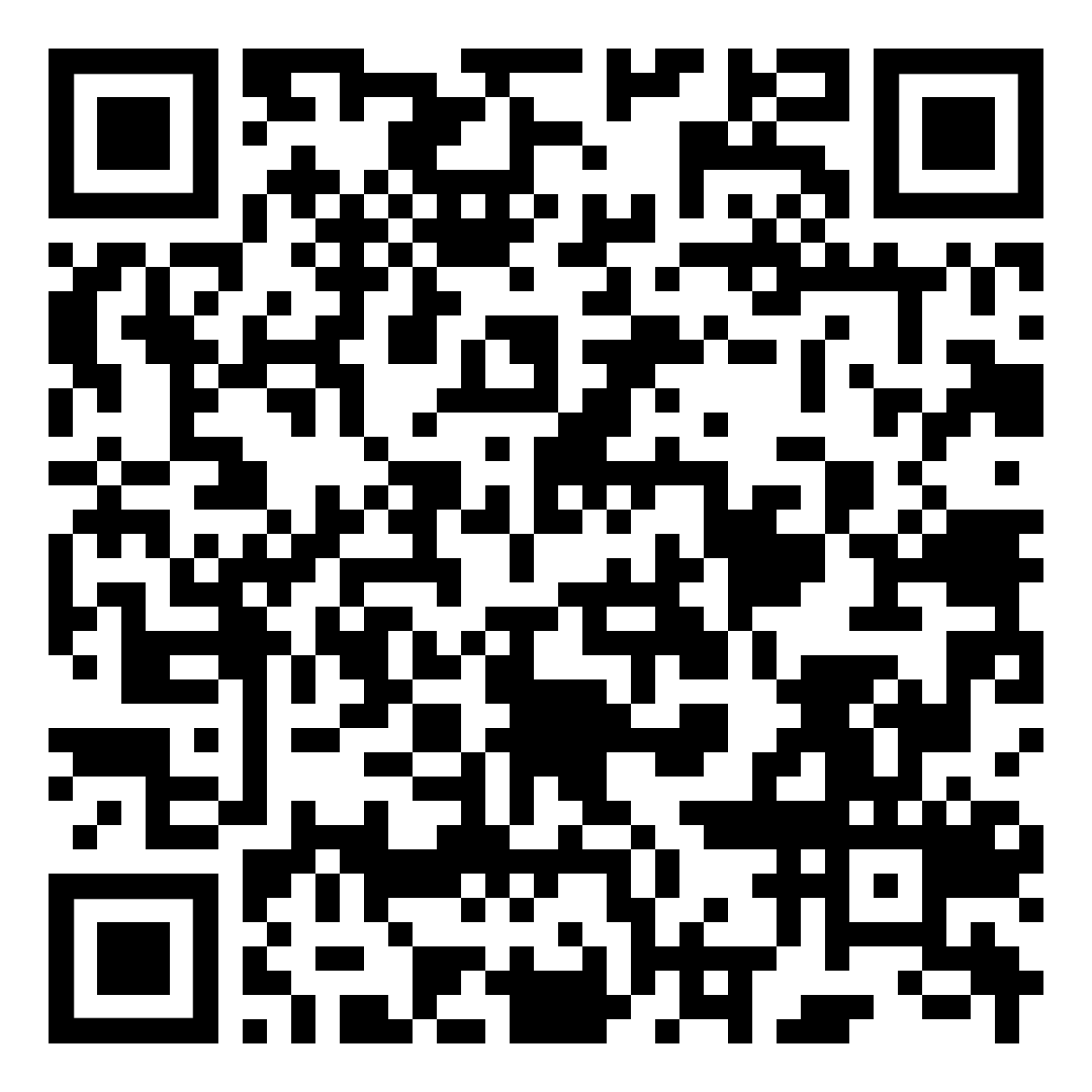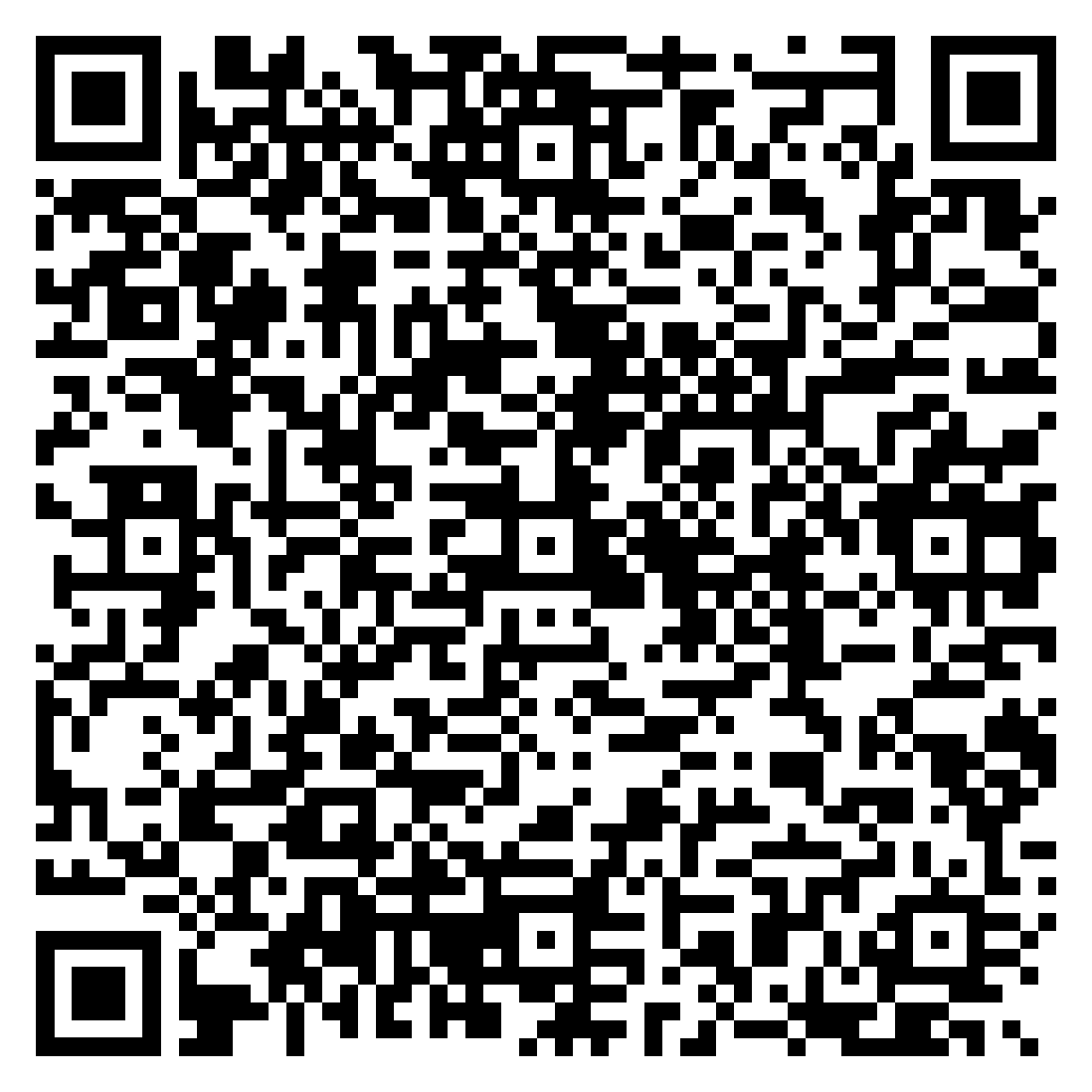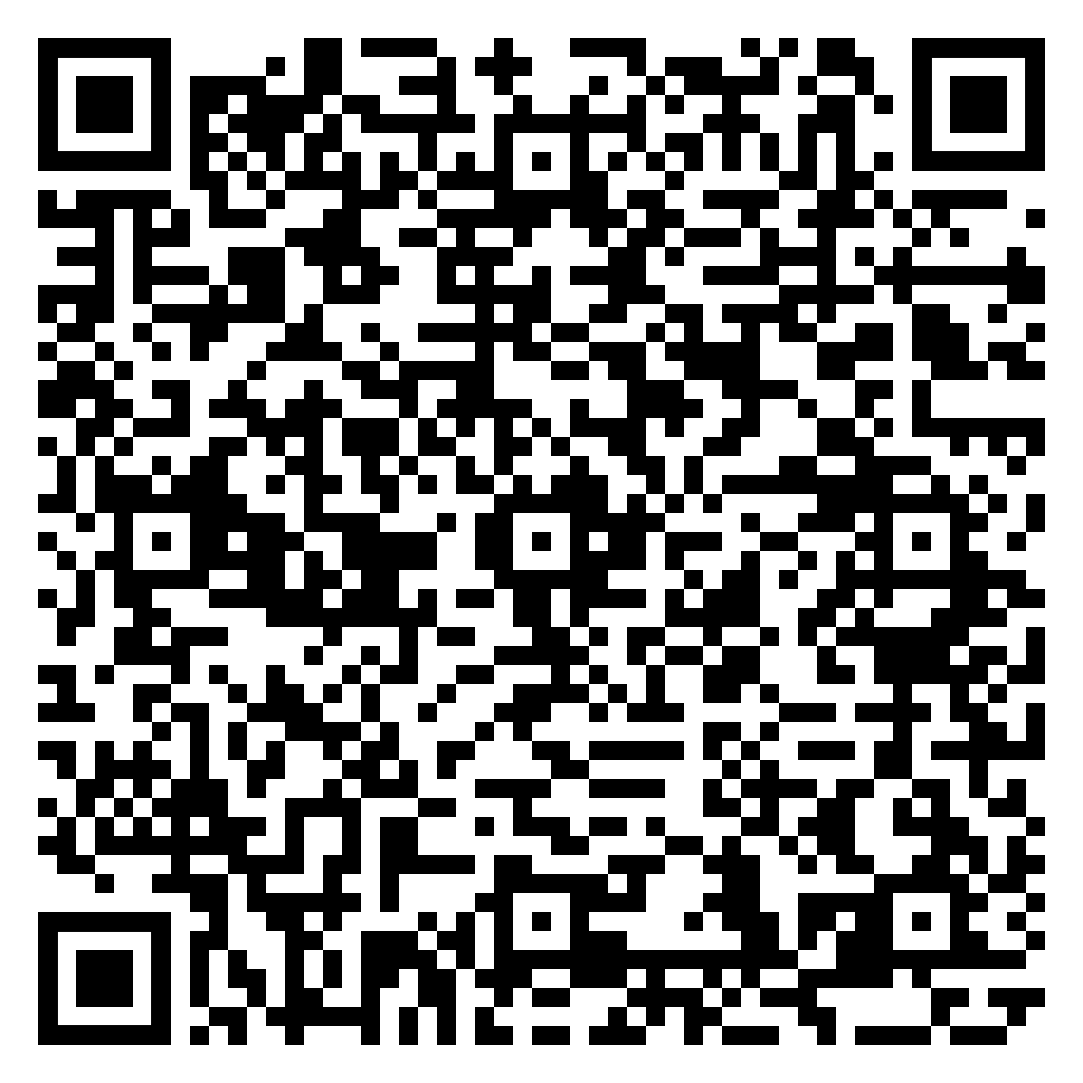
Prioritize your mental well-being daily. Enhance your life by nurturing your mental health with the Smart Meditation app. Break free from stress, alleviate anxiety, and enhance your sleep quality starting today.
When Is Social Anxiety Diagnosed?
Navigating the Waters of Social Anxiety: Understanding the Diagnosis
In our bustling world, brimming with social gatherings, work meetings, and constant online interaction, feeling a bit nervous now and again is par for the course, isn’t it? But when does this nervousness cross the line into the territory of social anxiety disorder (SAD)? It’s like trying to pinpoint the moment the calm sea turns into a turbulent storm. However, recognizing the signs and understanding the process of diagnosis can be your lighthouse. Let’s dive in.
The Diagnosis Dilemma: Unraveling the Clues
First things first, diagnosing SAD isn’t as straightforward as one might hope. It’s not like there’s a blood test or a handy gadget that can give you a yes or no answer. Rather, it’s a bit like being a detective in your own psychological thriller. Symptoms and signs are the clues, but they need to fit a certain pattern and intensity to scream “social anxiety disorder” rather than just a bad case of the jitters.
Spot the Signs:
- Fear of scrutiny: This isn’t just the regular “I hope I don’t embarrass myself.” It’s more like, “I’m terrified of doing something that will invite judgment or ridicule.”
- Avoidance tactics: We’re talking about going to great lengths to avoid social situations. This could range from taking the long route to avoid bumping into someone to downright ghosting social events.
- Physical manifestations: The heart races, palms sweat, and in some cases, there might even be nausea or dizziness in social situations. It’s your body’s over-the-top reaction to what it perceives as a threat.
The Professional Touch:
When the self-analysis phase points towards a possible case of SAD, it’s time to bring in the heavyweights – mental health professionals. A psychologist or psychiatrist usually steps onto the scene, equipped with diagnostic criteria from the DSM-5 (Diagnostic and Statistical Manual of Mental Disorders, Fifth Edition). Here’s what they’re looking for:
- Consistency and duration: The symptoms have been your unwanted tag-alongs for at least six months, clinging like velcro to various social situations.
- Significant distress: It’s not just a “feeling blue” situation; these symptoms are causing major hiccups in your day-to-day life.
- Exclusion of other factors: The sleuthing isn’t over yet. The professional needs to ensure that these symptoms aren’t due to some other psychological condition, medication, or substance abuse.
From Diagnosis to Taking the Helm
Getting an official SAD diagnosis can bring a mix of emotions – relief from finally knowing what’s been going on, and apprehension about what’s next. Fear not; the sea may seem rough now, but there are plenty of navigational tools and supportive crew members available to help steer your ship to calmer waters.
Treatment Options:
- Cognitive-behavioral therapy (CBT): This is a favourite, proven to rewire your brain’s response to fear and anxiety. Think of CBT as your mental compass, guiding you through stormy thoughts.
- Medication: In some cases, medication can be the additional wind in your sails, helping to manage symptoms while you work on long-term coping strategies.
- Support groups: Ahoy, matey! You’re not sailing this sea alone. Support groups offer a chance to share your journey and learn from others who are navigating similar waters.
The journey to diagnosing and managing social anxiety disorder is not a sprint; it’s a marathon. With patience, persistence, and the right crew, you can chart a course towards a life where social gatherings aren’t feared but enjoyed. So, hoist the sails and embark on this voyage of self-discovery and healing. Your future self will thank you for the courage to face the storm.





